- Da Nang screens for congenital heart disease for nearly 400,000 children
- In Vietnam, every year 10,000 - 15,000 children are born with congenital heart disease.
The 700th case was a 10-month-old patient, weighing 5.5 kg with congenital heart disease (Tetralogy of Fallot) and was personally performed by Professor Kotani - Deputy Head of the Department of Cardiovascular Surgery, Okayama University Hospital, Japan (who directly transferred the technology to the doctors at the National Children's Hospital) and Dr. Nguyen Ly Thinh Truong - Director of the Cardiovascular Center on the morning of August 7, 2023. The surgery marked the 700th successful heart surgery case using minimally invasive techniques through the armpit at the National Children's Hospital.
Master new techniques from Japan
Dr. Cao Viet Tung - Deputy Director of the National Children's Hospital said: Minimally invasive surgery through the right armpit was transferred to the National Children's Hospital by experts from Okayama University Hospital, Japan since the beginning of 2018 and has been performed independently by doctors of the Cardiovascular Center since 2018.
Previously, to perform open heart surgery, doctors only had one method to access the heart through a classic incision along the entire sternum in the middle of the chest. This surgery left a long scar in the chest and could have some complications when separating the sternum, the post-operative period was long, and the child had to endure more pain after surgery.
The minimally invasive surgery through the right mid-axillary incision will bring high aesthetics, help children shorten the recovery time after surgery and quickly return to normal life, without feeling self-conscious because the surgical scar is short and completely hidden under the right armpit.
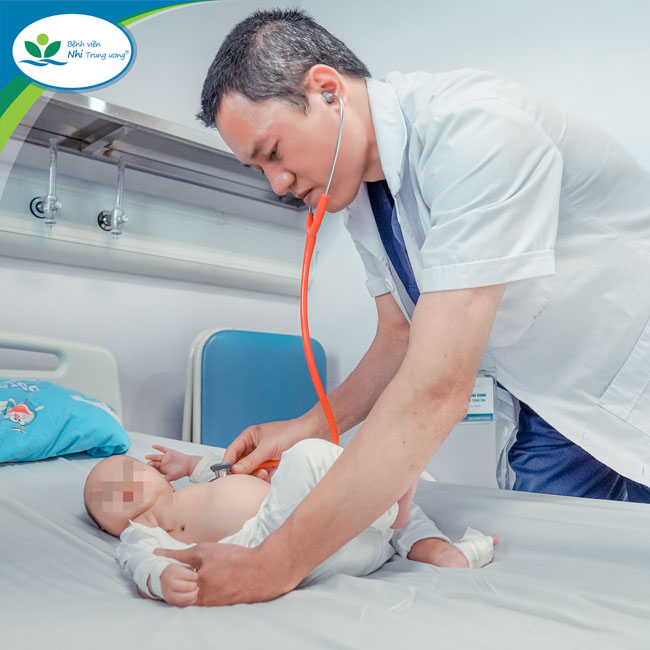
Baby HT only has a very small incision in the right armpit, it is difficult to see that the baby has just undergone major cardiovascular surgery (Photo by benhviennhitrunguong).
“When performing minimally invasive heart surgery, most children are given local analgesia, which helps to effectively reduce pain and reduce the use of other intravenous sedatives and analgesics. Most children are extubated within the first 6 hours after surgery and can extubate and breathe on their own in the operating room,” added Dr. Cao Viet Tung.
As the person who directly received the technology transfer from Okayama University Hospital, Japan 5 years ago, Dr. Nguyen Ly Thinh Truong - Director of the Cardiovascular Center, National Children's Hospital, commented: "The new surgical approach and special surgical technique made us extremely excited when receiving the transfer. Surgery through the right axillary approach gives us a completely different perspective compared to the midline approach. However, we do not always prescribe surgery using this method because if we cannot repair all the patient's injuries like the midline approach, then surgery through the axillary approach will fail. Our top criteria is to ensure the safety of the patient and all heart injuries are repaired like the midline approach, then this technique is indicated."
Up to now, congenital heart diseases have been treated with this advanced surgical method at the Cardiovascular Center, National Children's Hospital, including: ventricular septal defect, atrial septal defect, partial atrioventricular septal defect, right-sided partial pulmonary venous return, pulmonary valve stenosis or suprapulmonary valve stenosis, and some other abnormalities such as left atrial myxoma, left atrial septum...
700 heart surgeries through the armpit, 100% successful
According to Dr. Cao Viet Tung, in just 5 years (from 2018 to present), 700 children with congenital heart disease have been successfully operated on by doctors at the Cardiovascular Center, National Children's Hospital using minimally invasive techniques through the right axillary approach without any deaths. The youngest child to have this technique successfully applied was 1.5 months old and the child weighed the least was 3.8 kg.
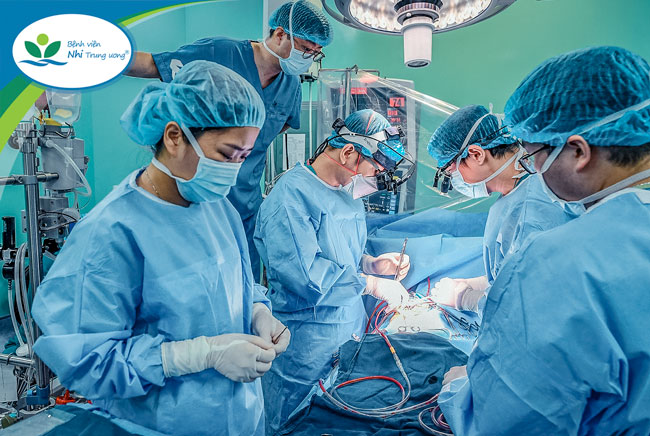
Doctors are performing the 700th minimally invasive heart surgery on a child with tetralogy of Fallot (Photo by benhviennhitrunguong).
Returning to Vietnam after 5 years of technology transfer, and standing before the 700th surgery performed with the doctors of the Cardiovascular Center, Professor Yasuhiro Kotani was very impressed with the number of 700 cases and the 100% success rate of the doctors of the National Children's Hospital. "I have been to many places in the world but not many hospitals perform heart surgery through the armpit. 700 surgeries is a large number and I really admire the results you have achieved in such a short time."
Professor Yasuhiro Kotani also said that the technique of cardiac surgery through the axillary approach requires a high level of skill from the surgeon and the coordination of the entire surgical team, so that the quality of surgery through the axillary approach is as good as the quality of surgery through the middle. He also expressed his impression of the creativity and talent of the doctors when there were changes in technique to bring the best quality of treatment to Vietnamese children. "Previously, when transferring, the axillary incision was about 6cm long, but now you have shortened the incision to only about 4cm. Doctors also shortened the recovery time, shortened the time on the ventilator, and the children's pain after surgery was better. I was very surprised and proud of this."
Through this, he hopes to continue to cooperate with the National Children's Hospital in technology transfer and scientific research, to help save more children with congenital heart disease and strengthen international scientific research and publication cooperation.
Source link




![[Photo] Flooding on the right side of the gate, entrance to Hue Citadel](https://vphoto.vietnam.vn/thumb/1200x675/vietnam/resource/IMAGE/2025/10/28/1761660788143_ndo_br_gen-h-z7165069467254-74c71c36d0cb396744b678cec80552f0-2-jpg.webp)
![[Photo] Prime Minister Pham Minh Chinh chaired a meeting to discuss solutions to overcome the consequences of floods in the central provinces.](https://vphoto.vietnam.vn/thumb/1200x675/vietnam/resource/IMAGE/2025/10/29/1761716305524_dsc-7735-jpg.webp)

![[Photo] National Assembly Chairman Tran Thanh Man received a delegation of the Social Democratic Party of Germany](https://vphoto.vietnam.vn/thumb/1200x675/vietnam/resource/IMAGE/2025/10/28/1761652150406_ndo_br_cover-3345-jpg.webp)
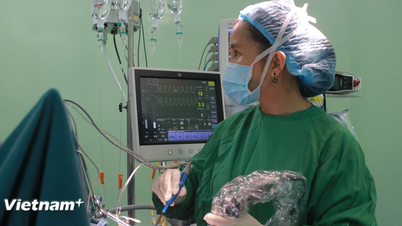

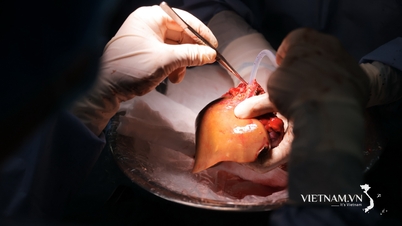



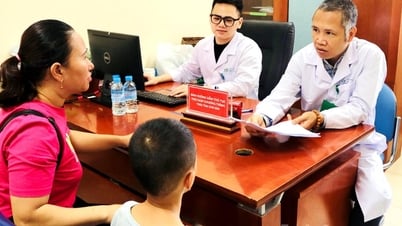

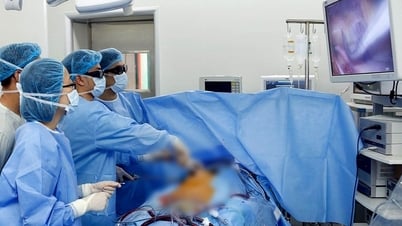

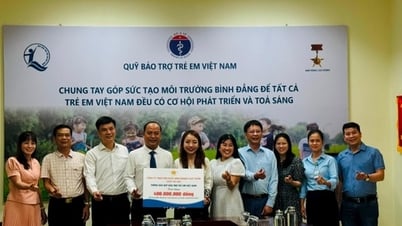







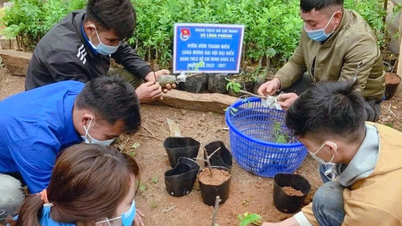

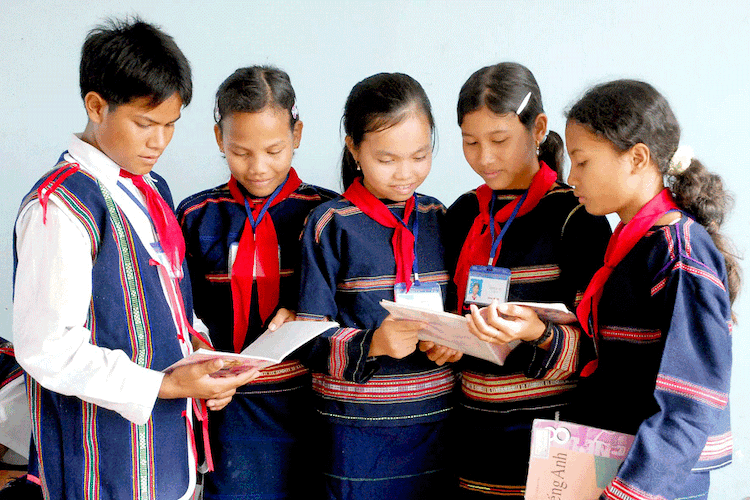







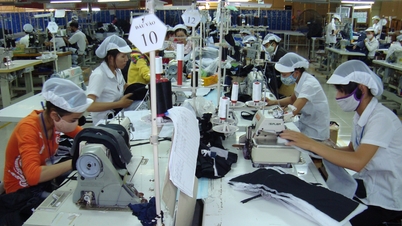



![[Photo] Draft documents of the 14th Party Congress reach people at the Commune Cultural Post Offices](https://vphoto.vietnam.vn/thumb/1200x675/vietnam/resource/IMAGE/2025/10/28/1761642182616_du-thao-tai-tinh-hung-yen-4070-5235-jpg.webp)
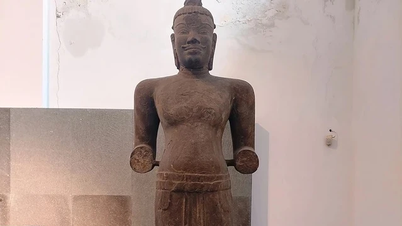




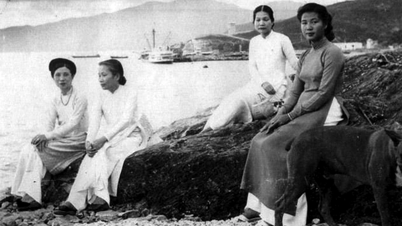
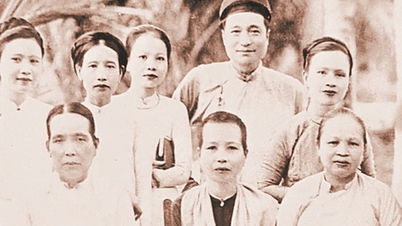


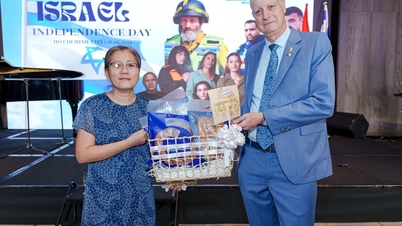

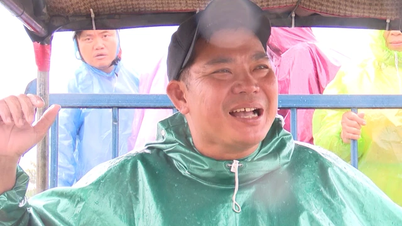
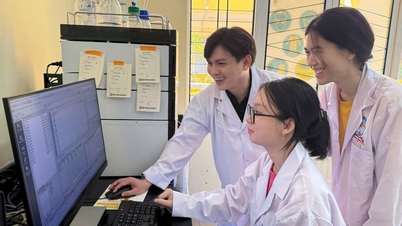



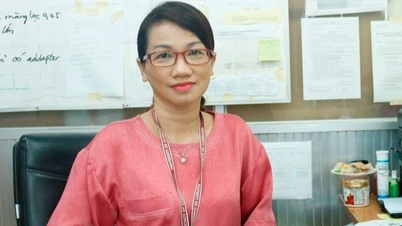
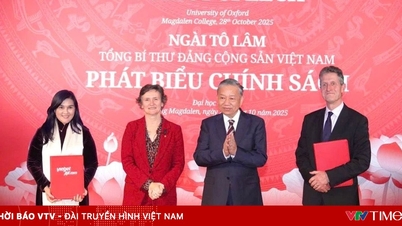

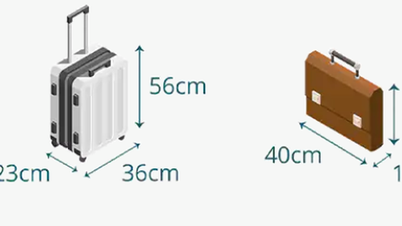




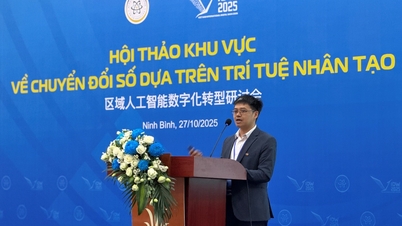

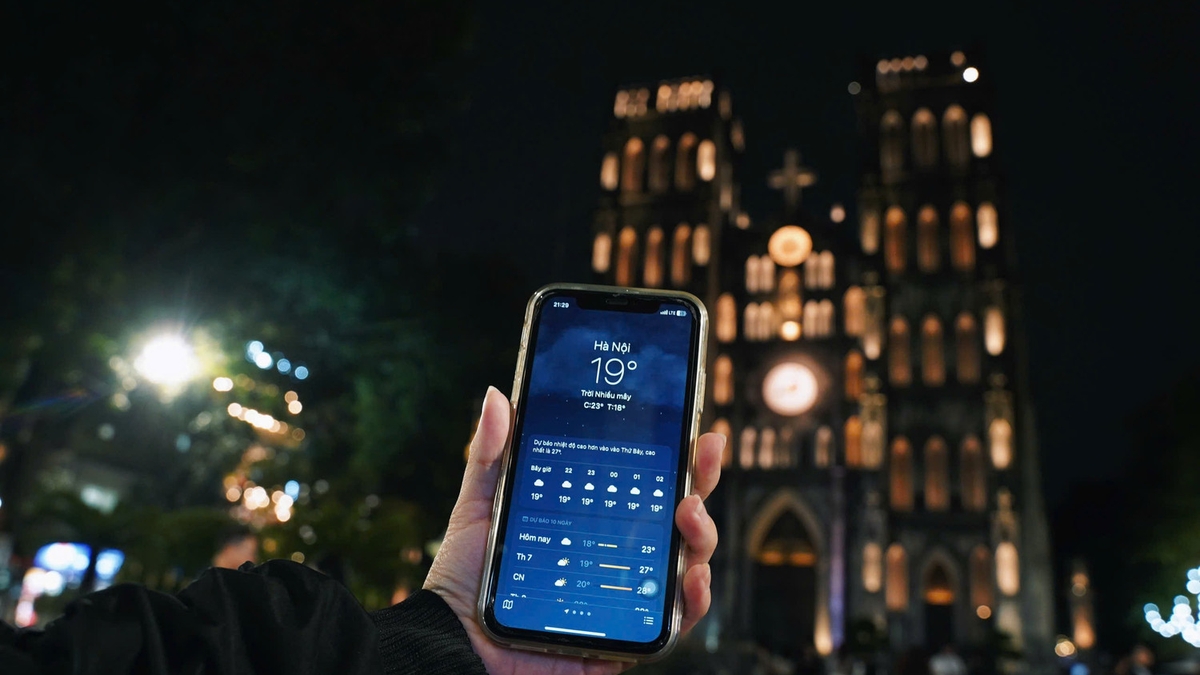





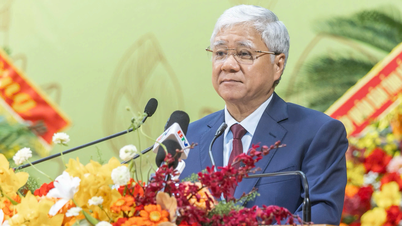
![[Infographic] Vietnam's socio-economic situation in 5 years 2021-2025: Impressive numbers](https://vphoto.vietnam.vn/thumb/402x226/vietnam/resource/IMAGE/2025/10/29/1761730747150_anh-man-hinh-2025-10-29-luc-16-38-55.png)

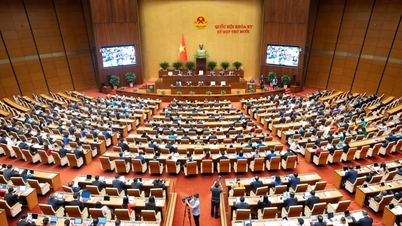
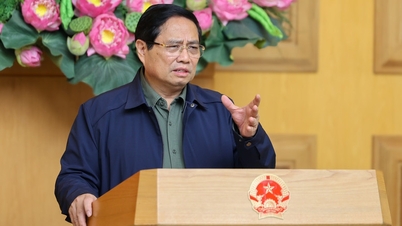
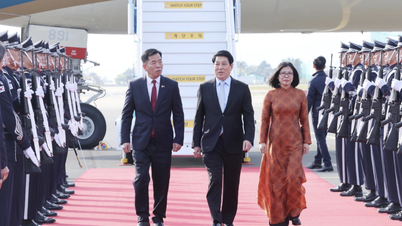
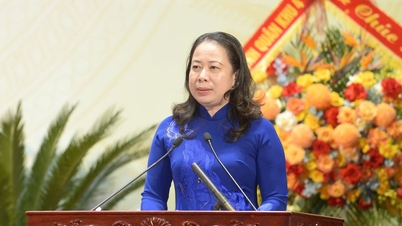

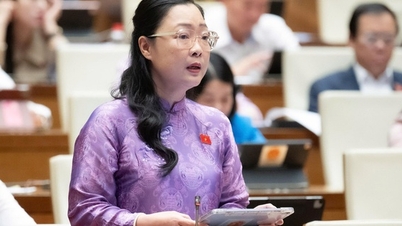

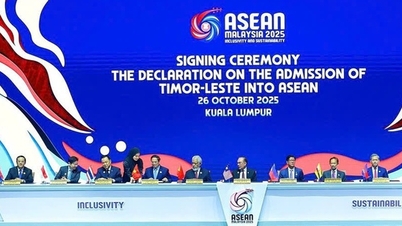



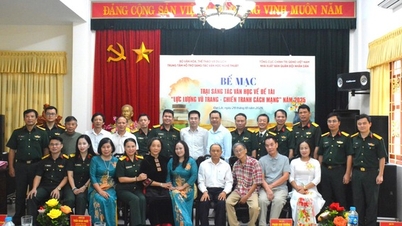
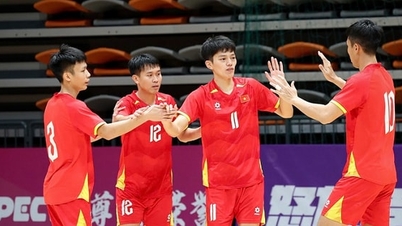

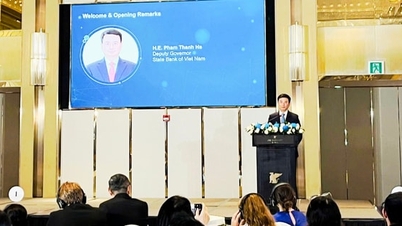
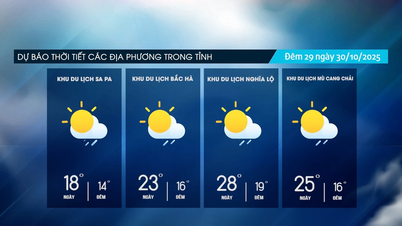

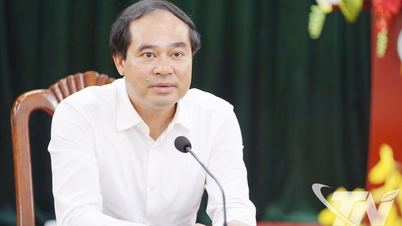


















Comment (0)